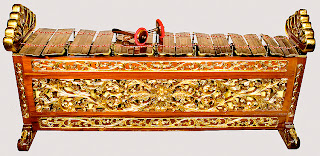A perfect day for Zen meditative SHAKUHACHI . . .
. . . .to find out about the symbol of the baskets, and the fascinating, even possibly Egyptian, history of the shakuhachi
click here.
As a perfect guide to shakuhachi and Japanese music, I would like to introduce you to my first guide to Japan, Shakuhachi Grand Master Ronnie
Nyogetsu Reishin Seldin.
Here is a beautiful deep shakuhachi
video of Ronnie San's teacher's son, Yoshio Kurahashi Sensei of Kyoto, and another from a
concert at the Tenri Cultural Institute in NYC.
This time of blossoming spring about 16 years ago, I had the miraculous honor to be suddenly
gifted a music tour to Japan in which I was to sing and play sarangi and mountain dulcimer along with a small group of shakuhachi players. (For this I am forever grateful Ron, Darius, and Ronnie San!) Another magical ingredient of the experience is that I would be singing one of my original songs "Silent I Bow to Your Heart" in Japanese, translated by the late Japanese-American poet & painter Hidé Oshiro.
As our tour stopped in Kyoto, several participants stayed with the late artist Shinichi Nakae San in his '100 years old unchanged' ancestral home, still with an 'irori' hearth in the center of the main tatami-mat room, and a
suikinkutsu (instrument involving dripping stream water into a cavernous jar in the ground). Before leaving Kyoto each one of us was gifted an ink painting with a poem. From my ink painting arose my stage name,
Comet Angel. Though Nakae San has since passed, there is still cemented to his ancestral home's portal a stone time capsule - to be opened on Christmas 2018 - with the words "Comet Angel" hand carved. [Yes, there will be a time capsule opening in Kyoto that night, to which all are welcome!]
This 40-day Virtual World Tour of Music correlates with the World Music House kickstarter crowdfund.































